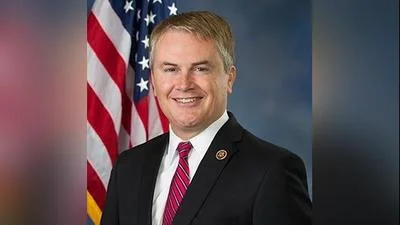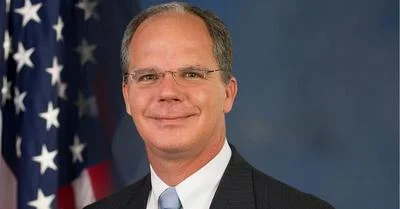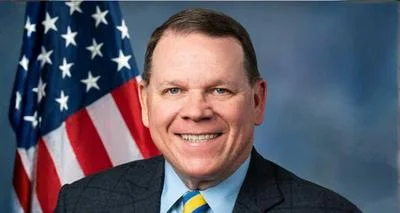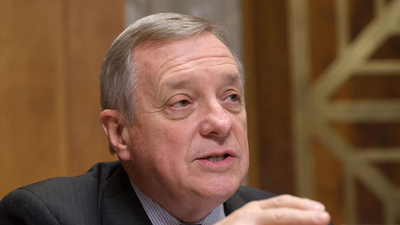Dear Mr. Secretary:
On Dec. 15, 2014, the United States Secret Service Protective Mission Panel submitted its full report to you assessing the Secret Service’s protection of the White House compound. One of the Panel’s top recommendations was to enhance the fence around the White House compound. The report stated :
[T]he Panel believes strongly that the fence around the White House needs to be changed as soon as possible to provide better protection. We recognize all of the competing considerations that may go into questions regarding the fence, but believe that protection of the President and the White House must be the higher priority. As the Executive Branch, Congress, and the Service itself have all recognized, the fence must be addressed immediately.
A better fence can provide time, and time is crucial to the protective mission. Every additional second of response time provided by a fence that is more difficult to climb makes a material difference in ensuring the President’s safety and protecting the symbol that is the White House. Additionally, the ease with which “pranksters" and the mentally ill can climb the current fence puts Secret Service personnel in a precarious position: When someone jumps the fence, they must decide, in a split-second, whether to use lethal force on a person who may not actually pose a viable threat to the President or the White House. By deterring these more frivolous threats, a more effective fence can minimize the instances when such difficult decision making is required.
We decline to say precisely what the optimal new fence should look like. Importantly, designers of the new fence must balance security concerns with the long and storied tradition of the White House being the “People’s House." These historical, symbolic, and aesthetic factors deserve consideration, but ultimately they should not be permitted to delay or prevent a fence that could save lives. A number of common-sense improvements should be explored. For sure, the fence must be taller; even an increase of four or five feet would be materially helpful. Horizontal bars, where climbers can easily place feet or hands, should be eliminated or placed where they provide little assistance. The top of the fence can also be manipulated in certain ways-such as including curvature outward at the top of the fence-to make scaling it much more difficult for most. Any of these adjustments, the Panel is certain, can be made without diminishing the aesthetic beauty or historic character of the White House grounds.
We understand that this proposal was under consideration before the Panel issued its report. In fact, Acting Secret Service Director Joseph Clancy testified last month that the agency was already “looking for ways and options" to improve the fence.
Now that the Panel has completed its report, we request a briefing on the status of this recommendation and the Department’s plans to implement it. Thank you for your consideration of this request.
Sincerely,
Jason Chaffetz Elijah E. Cummings
Chairman-elect Ranking Member








